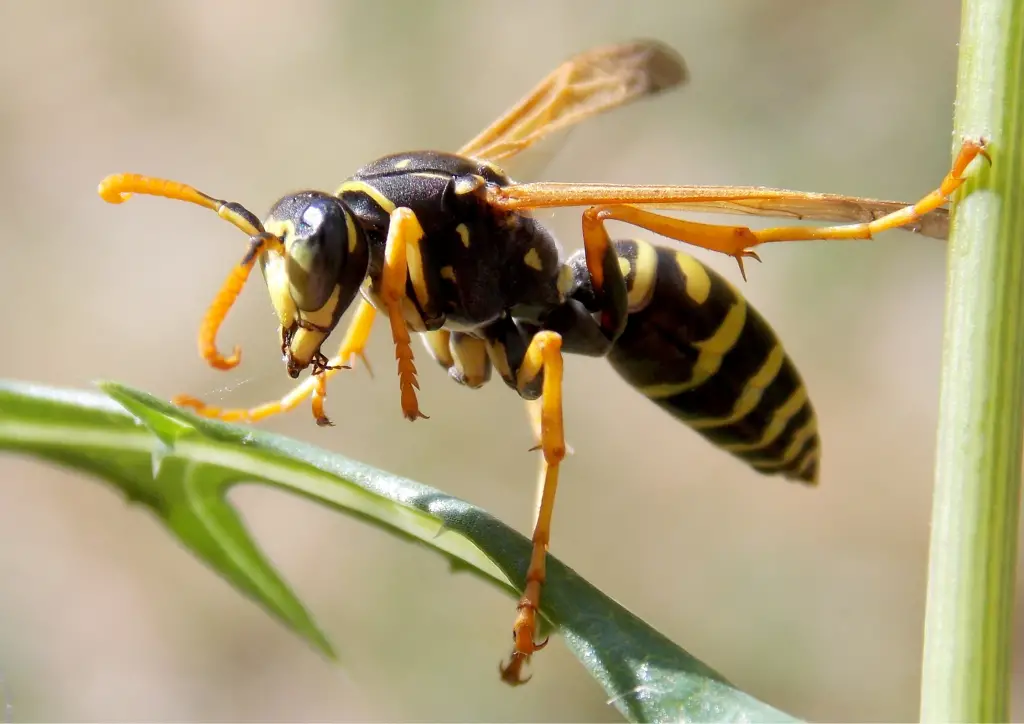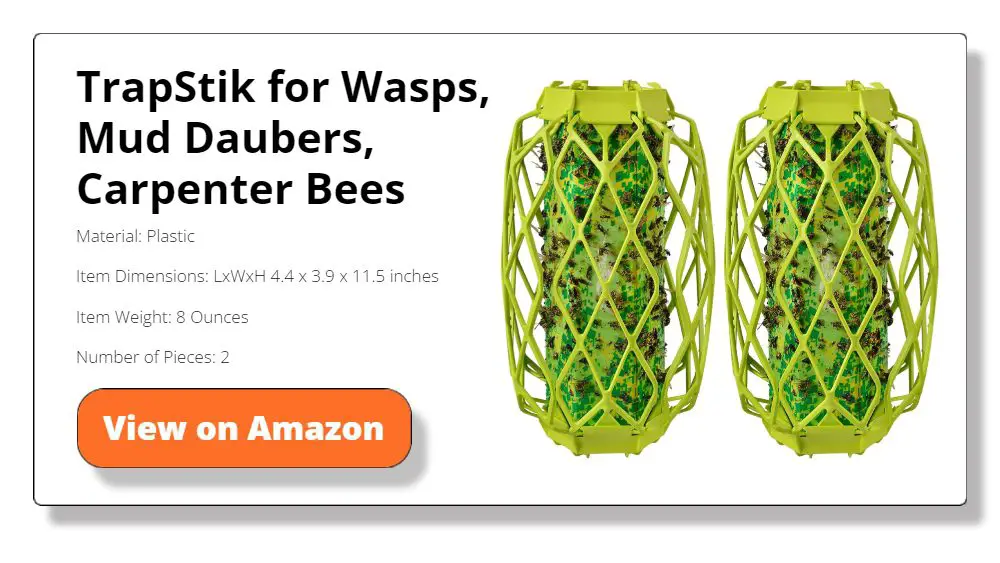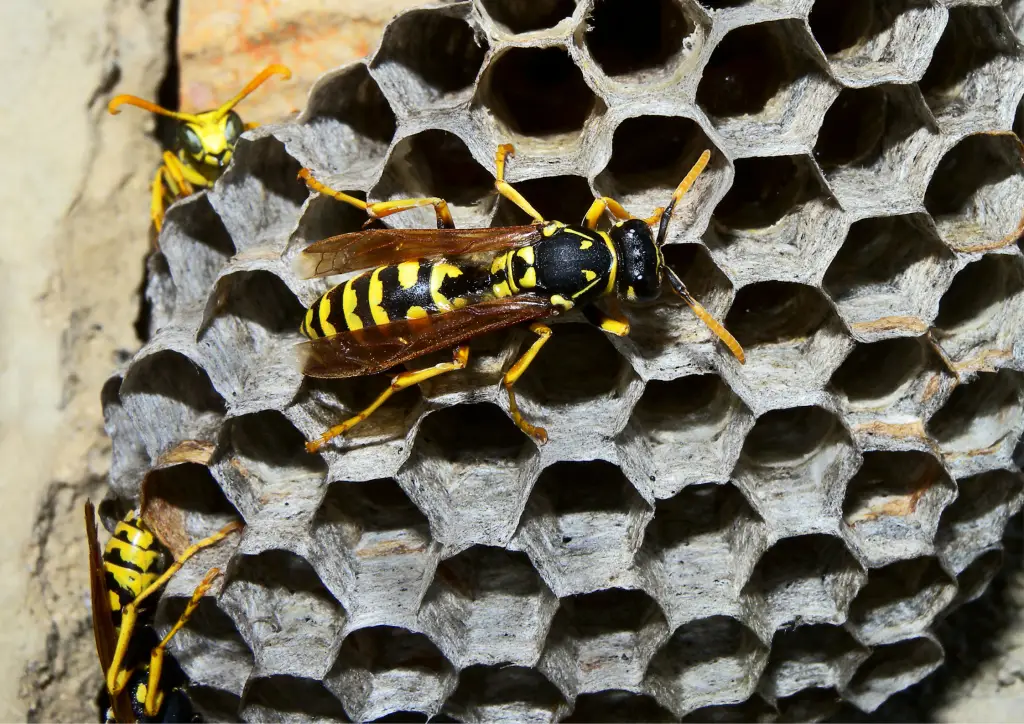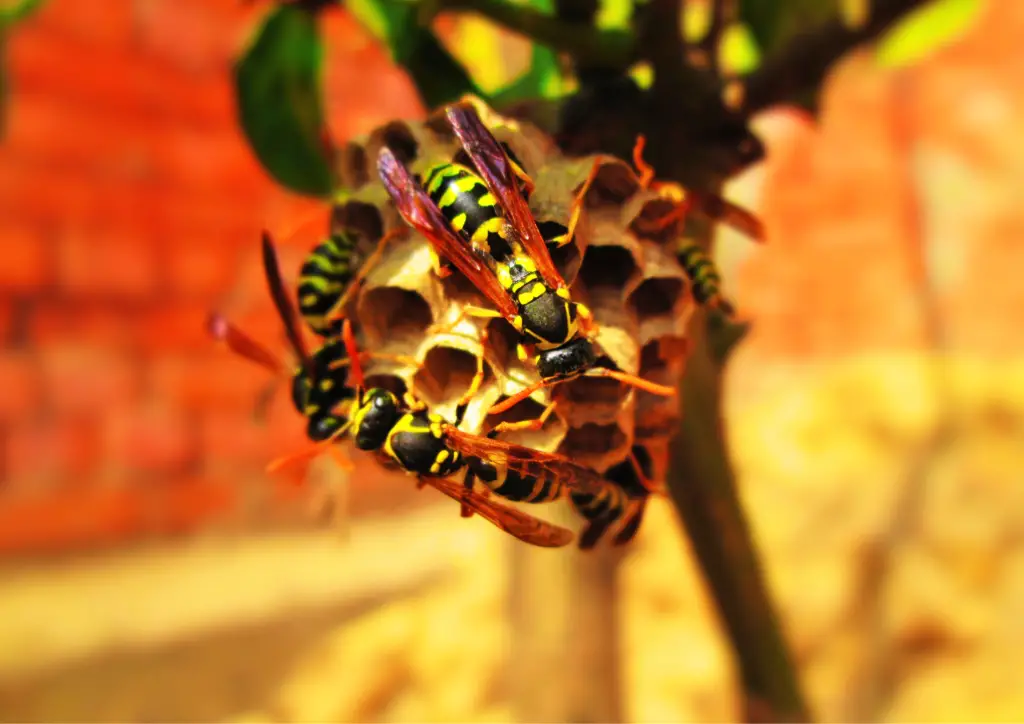Picture this – a gorgeous day, the sun’s out, and you’re chillin’ with your fam and friends in your backyard, enjoying some outdoor shindig. The air’s filled with giggles and happiness when all of a sudden, BAM!
A bunch of wasps show up uninvited and start wrecking the party. Chaos ensues as everyone runs for cover, unquestionably highlighting the pressing need for efficient wasp control ASAP.
Master the Art of Wasp Control and Keep Your Home Safe
If you’ve been through this harrowing experience, rest assured, you’re not alone. Wasps have a knack for disrupting our peace and transforming a lovely day into an ordeal.
But fear not, because in this comprehensive guide, you’re about to unveil the secrets of effective wasp control. With some expert strategies, you’ll regain control of your outdoor spaces, banishing these stinging insects and restoring tranquillity to your gatherings.
No longer will you have to worry about wasps hijacking your picnics or outdoor festivities. It’s time to reclaim your outdoor paradise and enjoy it to the fullest without the constant threat of these winged intruders.

Before you dive into the strategies, understand why wasps can be a problem. Wasps, particularly yellow jackets and hornets, are social insects that build nests in protected areas like trees, eaves, and wall voids.
They can be aggressive when defending their nests and are attracted to sugary foods, making them a nuisance at picnics and outdoor gatherings. In addition to the painful stings they deliver, some individuals may be allergic to wasp stings, which can result in severe reactions.
Effective Wasp Control Strategies
Effectively managing a wasp infestation necessitates a carefully crafted plan comprising a customized blend of strategies. Wasp control isn’t a uniform solution, as the species of wasps and the locations of their nests can greatly differ.
In this guide, you will explore a diverse array of wasp control tactics that not only deliver results but also prioritize the safety of you, your loved ones, and the environment.

1. Early Detection and Identification: The first step in wasp control is early detection. Keep a vigilant eye out for signs of wasp activity around your property. This includes observing their flight patterns, watching for increased numbers of wasps near eaves or trees, and inspecting potential nesting sites. Identifying the type of wasp is significant as different species have varying behaviors and nesting habits.
2. Professional Pest Control Services: When it comes to removing a wasp nest, it’s essential to leave this task to the professionals. Attempting to remove a nest on your own can be dangerous, as wasps will aggressively defend their colony. Pest control experts have the knowledge, experience, and protective gear necessary to safely eliminate the nest without risking stings or injuries.
3. DIY Wasp Traps: For minor wasp problems, you can employ DIY wasp traps. These traps can be created using common household items such as empty plastic bottles. By placing a sweet liquid (like sugar water) inside and constructing a cone-shaped entrance, you can lure wasps in but prevent them from escaping. Position these traps away from areas where you gather outdoors to divert wasp activity.

4. Cover Food and Drinks: In case you have outdoor events, ensure all food and drinks are covered until you’re ready to consume them. Wasps are attracted to sugary and protein-based foods, and securing your meal can discourage them from intruding on your gatherings.
5. Avoid Strong Scents: Wasps are also drawn to strong scents, such as perfumes, lotions, and floral patterns on clothing. Consider using unscented personal care products and wearing solid-colored clothing when spending time outdoors. It’s advisable to be proactive when spending time outdoors, particularly in warm weather when wasp activity tends to peak. Taking preventive measures can greatly reduce the risk of attracting these insects.

6. Sealing Entry Points: One essential aspect of effective wasp control is to meticulously inspect your residence for potential entry points that these stinging insects might exploit to infiltrate your living spaces. Gaps in windows, doors, and eaves should be properly sealed to prevent wasps from entering your home.
When inspecting your home for potential entry points, be thorough. Check the eaves carefully for any gaps or cracks that wasps could use to enter. As a preventive measure, use caulk or weather stripping to seal any openings you find.
If you have a chimney, make sure it’s capped to prevent wasps from building nests inside. Don’t forget to check any vents or pipes that lead into your home as well. By sealing entry points, you’ll not only keep wasps out but also help keep your home more energy-efficient by preventing drafts.
7. Maintain Landscaping: Wasps are notorious for building their nests in sheltered areas, and your property’s overhanging branches and dense shrubs can be enticing spots for them. Regularly trim overhanging branches and shrubs near your home as part of your pest management routine. These areas are often chosen by wasps for nest construction due to their protection from the elements.
Effective wasp control requires a combination of vigilance, preventative measures, and, when necessary, the expertise of pest control professionals. With these strategies, you can regain control of your outdoor spaces and enjoy them without the constant threat of these stinging insects. Remember, safety should always be a top priority when dealing with wasp infestations, and professional assistance is invaluable for more complex situations.

Summing It Up
With these expert strategies for wasp control, you can reclaim your outdoor spaces and enjoy them without the fear of unwanted stinging guests. Whether it’s early detection, safe nest removal, or preventative measures, taking action against wasp infestations is key to a wasp-free and worry-free environment.
Not all wasp infestations are the same, and a one-size-fits-all wasp control approach rarely works. Pest control experts tailor their solutions to specific circumstances, whether it’s a ground nest, a nest within walls, or a nest high up in trees. Their wasp control strategies are designed to minimize disruption to your property and ensure thorough elimination.
Remember that when confronted with severe pest infestations, a professional pest control service stands as your most reliable ally. Their profound knowledge, unwavering commitment to safety, and unmatched proficiency in both removal and prevention are immeasurable assets, safeguarding not only the physical well-being of your household but also the tranquillity of your mind in the face of this formidable pest challenge.




